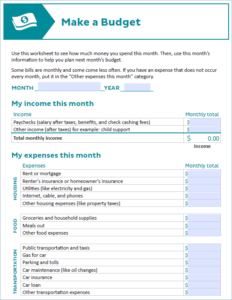Budgets are useful for every walk of financial life. Whether you’re worried about your finances, don’t know where you’re at, or simply looking to improve your situation, tracking and planning your spending will help you save more money.
Keep reading for a few tips and tricks for successful budgeting. This worksheet will help you get started.
Tip #1 Set Aside Time to Track Your Spending
Budgets are like New Years Resolutions —they’re easy to create and easy to give up on. After you set a budget, don’t keep up with it “later.” Find time each day or week to track your spending. Checking your account often helps prevent spending spirals and you’ll be quick to notice any irregular activity in your account.
Tip #2 Determine What’s a Need and What’s a Want
You need food and shelter; you want cable TV. Remember, you can get a lot of free entertainment with a library card!
Tip #3 Write Down What You Didn’t Buy
Not buying something doesn’t always feel the same as saving money. Write down items you want to purchase but don’t (meals at restaurants, pizza delivery, clothes and entertainment), and track their cost. At the end of the month, ask yourself what you’d rather have: the money you saved, or a new T-shirt and a few quick meals you’ve already forgotten?
Tip #4 Save (at Least Some of) Your Surplus
If you find yourself with remaining funds each month, don’t spend it all frivolously. Make a plan for those funds! How much do you want to put in savings? Do you have any big expenses coming up? Is there a dream purchase you can work toward?
For more budgeting tips and information, visit consumer.gov.
— adapted from Gallagher Wellbeing Newsletter, reprinted with permission


